P&P Blog » Repair Tips
Posted on:
The last thing you need on a snowy, cold winter morning is to have your snow blower fail you. Here are a few recently asked questions to help troubleshoot some common snow blower and snow thrower issues. Read more »
Read more
Posted on:
Seasonal service and maintenance is important for your Cub Cadet mower, but there are also annual tune-ups you can't miss! Changing your oil and gas on schedule are two of the best ways to make sure your Cub Cadet walk behind and zero-turns stay in tip top condition year round. Read more »
Posted on:
On that first blustery, snowy day, your snowblower needs to be ready. Taking care of seasonal maintenance before winter arrives helps you avoid last minute mishaps and even damage to your snowblower that come from improper use. Read more »
Read more
Posted on:
What happens if you put diesel in your car that usually takes unleaded gasoline? Well, the answer is simple: nothing good. The same goes for your outdoor power equipment. You never want to operate your equipment with the wrong type of fuel. Using the right fuel type is critical for the longevity and efficiency of... Read more »
Read more

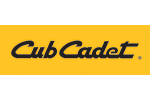
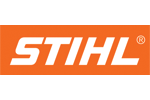

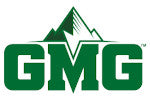



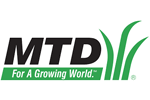
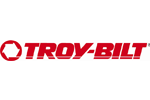
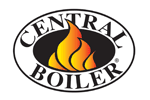
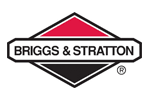








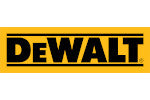
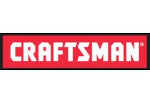
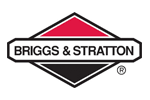
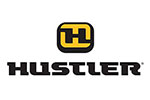
Connect with us